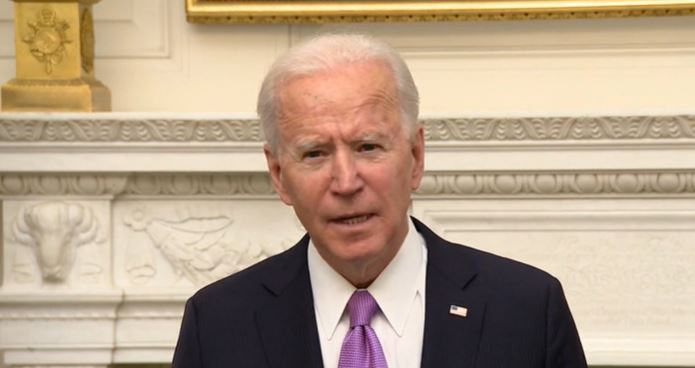As part of its environmental justice drive, the Biden administration is spending $1 billion dollars to increase equitable access to trees and green spaces in disadvantaged urban communities around the nation. The costly initiative will increase urban tree cover, boost equitable access to nature and tackle the climate crisis, according to an announcement issued by the administration this month. The public funds will be disbursed to community organizations, local and state governments, universities and nonprofits that work to increase tree cover in urban spaces and expand equitable access to nature while bolstering resilience to climate impacts, the administration claims.
“This program is yet another way that the Biden-Harris Administration is investing in America and ensuring that all people, regardless of ZIP code or neighborhood, have equitable access to the benefits that trees and green spaces provide,” said U.S. Department of Agriculture (USDA) Secretary Tom Vilsack, who served in the same position under Obama. “Whether it’s reducing heat stress or creating jobs in tree-planting and maintenance, this grant funding will support local communities and partners who are working on the ground to advance environmental justice by mitigating the impact of climate change on communities who lack tree cover in urban spaces while giving kids more safe spaces to play outdoors.” To celebrate the availability of the new urban forest funds, the administration held a tree planting ceremony in Newark, New Jersey this month.
In addition to the billion-dollar investment, the USDA Forest Service is spending another $250 million to “further local efforts to support urban communities through equitable access to trees and the benefits they provide.” The allocation is part of the president’s Justice40 Initiative to assure that 40% of the overall benefits of certain federal investments flow to disadvantaged communities that are marginalized, overburdened by pollution, underserved, and lack access to trees and nature. The government determines where the trees get planted with a special engine called Climate and Economic Justice Screening Tool, created by the Biden administration to identify communities that are experiencing the burdens of climate change, energy, health, housing, legacy pollution, transportation, water and workforce development. “These are the communities that are disadvantaged because they are overburdened and underserved,” according to the tool’s website.
Back at the celebration in Newark, administration officials justified the costly tree venture with various official statements. “Research shows that trees and green spaces improve physical and mental health outcomes and create new economic opportunities,” said USDA Undersecretary for Natural Resources and the Environment Dr. Homer Wilkes. “They also enhance community green spaces and support lasting community relationships and engagements.” The taxpayer dollars will enable the government to bring those benefits to disadvantaged communities across the nation, Wilkes says, and to support new partnerships with a diverse array of organizations. Forest Service Chief Randy Moore said that investing in these costly “urban forests” is the same as investing in the health and wellness of the underserved communities. “Equitable access to these benefits is key, as everyone deserves the opportunity to live in a healthy and sustainable environment,” according to the forest chief.
Besides the hefty allocations for urban forests, the Biden administration is also doling out $100 million in environmental justice grants, marking the largest amount ever offered by the Environmental Protection Agency (EPA). The money will “help underserved and overburdened communities across the country,” according to the EPA’s Environmental Justice website, which explains how the movement arose. It “was started by individuals, primarily people of color, who sought to address the inequity of environmental protection in their communities,” the agency writes. Just last week the president signed an executive order to revitalize the nation’s commitment to “environmental justice for all.” The document orders the creation of a new Office of Environmental Justice within the White House and the mobilization of federal agencies to confront existing and legacy barriers and injustices, among other things. It also directs the government to make “historic investments in environmental justice.”
















